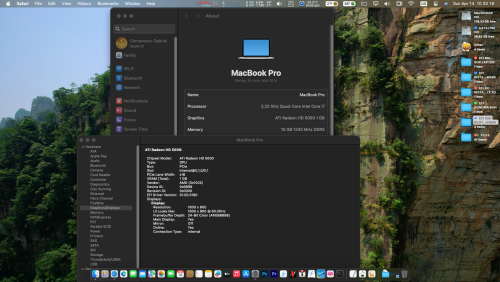In an intriguing move, Intel has announced that they will be discontinuing their 915G chipset - the almost-identical-but-not-quite chipset on which Apple's Developer Transition Kits are based. Apparently, the chipsets and their GMA900 integrated graphics processors would not be powerful enough to run the resource-hogging demanding GUI effects of Windows Vista's Aeroglass.
Apple clearly felt that GMA900 was good enough to run Quartz Extreme. Will the effects of Glass be so much greater that they will require that much more graphics processing power?
And what about all of those who bought Intel 915 chipsets in order to run OSx86 natively? Could the mandatory return of the DevKits be linked in any way to the discontinuance of this chipset?










Recommended Comments